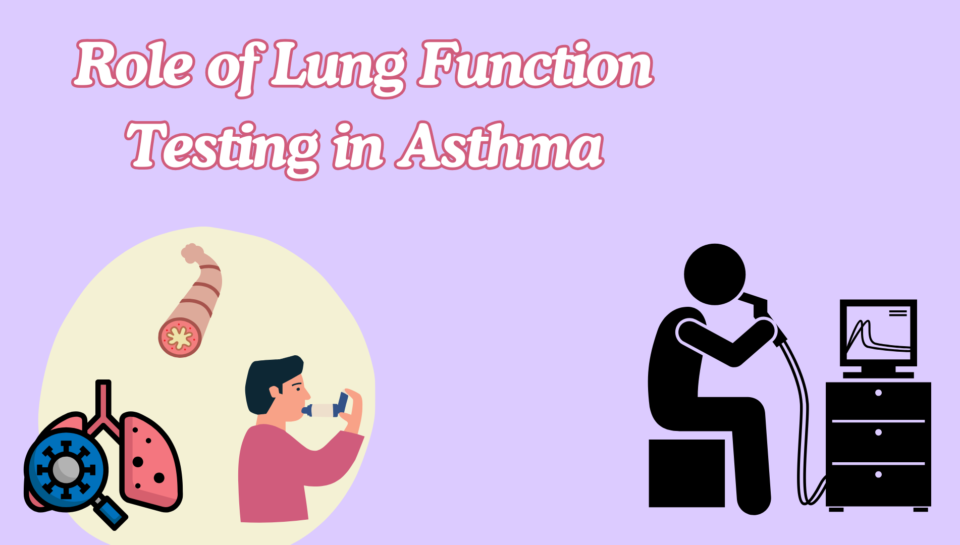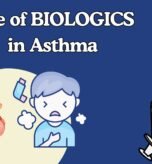Lung function testing comprise of a group of tests that are performed using different breathing maneuvers and various different lung parameters are measured by special machines. These are specialised tests that give an estimate of lung capacity, status of the breathing airways and respiratory muscle strength.
Lung function tests that are used for diagnosis and monitoring of asthma are mainly of two types:
1. Spirometry
2. Impulse Oscillometry
Spirometry
This is a breathing test that is done to measure total lung capacity and different lung volumes. It uses a special breathing maneuver called the forced expiratory maneuver that the child is asked to perform at the time of the test. The child is asked to sit on a comfortable stool and breath into the machine from his mouth. Then he has to inhale deeply and exhale forcefully. A trained technician is always present to guide the child at the time of the test.
Spirometry is very useful in detecting obstructive airway disease. A fall in FEV1 to less that 80% is considered low. Once the child has performed the maeuver and baseline parameters are recorded, the child is given a bronchodilator by inhaler and asked to perform the test again. The same parameters are then recorded after giving the medicine and the effect of the medicine in lung volumes is measures.
An increase in FEV1 of >12% is considered positive bronchodilator reversibility test and is diagnostic of Asthma.
Since the breathing maneuver in this test is difficult to perform, a young child is unable to take the test. We generally do this test in children >8 years old.
Impulse Oscillometry
Since younger children could not do the spirometry, for long they were being diagnosed clinically. With the advent of technology and science, a new lung function test was established that uses the simple breathing of the child to measure lung capacity and lung volumes.
This is another test that tells us about airway resistance and is particularly useful for diagnosis of asthma where the actual problem is increase in airway resistance due to swelling and transient narrowing of airways. If there is an increase in airway resistance and, a fall in resistance is detected after giving bronchodilator, that is confirmatory of asthma.
Impulse oscillometry can be easily performed by children from 3-6 years of age and this helps in giving objectivity to our diagnosis of asthma.
These tests are very useful tools for pulmonologists as they
- Help diagnose asthma
- Helps in monitoring the status of airways in children with chronic problems
- Helps in monitoring the response to treatment
- Helps in deciding treatment duration and assess progression of disease




